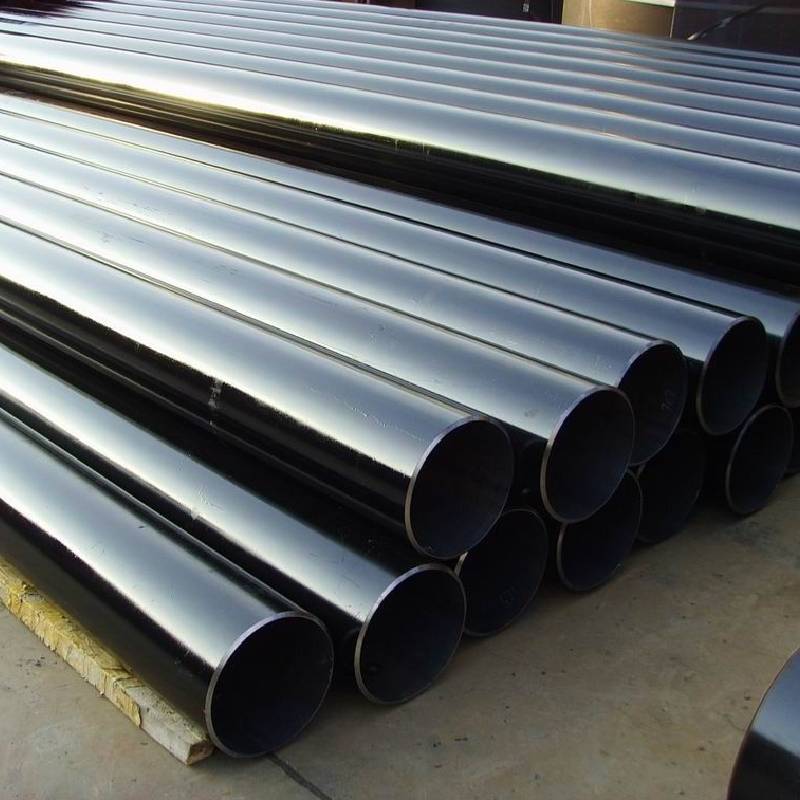-
Cangzhou Yulong Steel Co., Ltd.
-
Phone:
+86 13303177267 -
Email:
admin@ylsteelfittings.com
- English
- Arabic
- Italian
- Spanish
- Portuguese
- German
- kazakh
- Persian
- Greek
- French
- Russian
- Polish
- Thai
- Indonesian
- Vietnamese
- Zulu
- Korean
- Uzbek
- Hindi
- Serbian
- Malay
- Ukrainian
- Gujarati
- Haitian Creole
- hausa
- hawaiian
- Hebrew
- Miao
- Hungarian
- Icelandic
- igbo
- irish
- Japanese
- Javanese
- Kannada
- Khmer
- Rwandese
- Afrikaans
- Albanian
- Amharic
- Armenian
- Azerbaijani
- Basque
- Belarusian
- Bengali
- Bosnian
- Bulgarian
- Catalan
- Cebuano
- China
- China (Taiwan)
- Corsican
- Croatian
- Czech
- Danish
- Esperanto
- Estonian
- Finnish
- Frisian
- Galician
- Georgian
- Kurdish
- Kyrgyz
- Lao
- Latin
- Latvian
- Lithuanian
- Luxembourgish
- Macedonian
- Malgashi
- Malayalam
- Maltese
- Maori
- Marathi
- Mongolian
- Myanmar
- Nepali
- Norwegian
- Norwegian
- Occitan
- Pashto
- Dutch
- Punjabi
- Romanian
- Samoan
- Scottish Gaelic
- Sesotho
- Shona
- Sindhi
- Sinhala
- Slovak
- Slovenian
- Somali
- Sundanese
- Swahili
- Swedish
- Tagalog
- Tajik
- Tamil
- Tatar
- Telugu
- Turkish
- Turkmen
- Urdu
- Uighur
- Welsh
- Bantu
- Yiddish
- Yoruba

Nov . 03, 2024 00:16 Back to list
din 2527 pn10 flange dimensions
Understanding DIN 2527 PN10 Flange Dimensions
Flanges are critical components in piping systems, used to connect pipes, valves, pumps, and other equipment. Among the various flange standards, DIN 2527 PN10 is widely recognized for its specific dimensions and pressure ratings, particularly in Europe. Understanding the dimensions and specifications of DIN 2527 PN10 flanges is essential for engineers, manufacturers, and industry professionals involved in the design and installation of piping systems.
Overview of DIN 2527 PN10 Flanges
DIN 2527 flanges are part of the Deutsches Institut für Normung (DIN) standards, which provide guidelines for manufacturing and testing industrial products. The PN in PN10 stands for Pressure Nominal, which indicates the flange's pressure rating. Specifically, PN10 flanges are rated for a maximum working pressure of 10 bar (approximately 145 psi) at a temperature of 20°C (68°F). As temperature increases, the pressure capability of the flange decreases, necessitating careful consideration of operating conditions.
Dimensions of DIN 2527 PN10 Flanges
The dimensions of DIN 2527 PN10 flanges vary depending on their nominal diameter (DN). The standard includes various sizes ranging from DN 10 to DN 600. Below is a summary of the key dimensions associated with the more common nominal diameters
din 2527 pn10 flange dimensions

1. Nominal Diameter (DN) This is the size designation. For instance, DN 50 corresponds to a flange with a nominal diameter of 50 mm. 2. Bolt Circle Diameter (BCD) The distance from the center of one bolt hole to the center of the opposite bolt hole determines the spacing of the bolts used to secure the flange. It varies with the DN size. 3. Number of Bolts The number of bolt holes increases with size, ensuring adequate support and sealing. For instance, a DN 150 flange typically requires 8 bolts, whereas smaller diameters may need fewer bolts. 4. Thickness Flange thickness varies by diameter, contributing to the overall strength and durability. For example, a DN 100 flange usually has a thickness of about 16 mm. 5. Flange Face Types DIN 2527 flanges can come in various face types, including flat face and raised face, accommodating different sealing requirements.
Applications and Benefits
DIN 2527 PN10 flanges are commonly used in a variety of industries such as water treatment, heating systems, and chemical processing due to their standardized designs and reliability. The advantages of using these flanges include quick assembly, ease of maintenance, and their compatibility with a range of sealing materials, which ensures a reliable leak-free connection.
Conclusion
In summary, understanding the dimensions and specifications of DIN 2527 PN10 flanges is crucial for anyone involved in the design and implementation of piping systems. With their defined pressure ratings and standardized dimensions, these flanges play a vital role in ensuring system integrity and efficiency. Proper selection and installation of DIN 2527 PN10 flanges can lead to enhanced performance and longevity of the piping system.
Latest news
-
ANSI 150P SS304 SO FLANGE
NewsFeb.14,2025
-
ASTM A333GR6 STEEL PIPE
NewsJan.20,2025
-
ANSI B16.5 WELDING NECK FLANGE
NewsJan.15,2026
-
ANSI B16.5 SLIP-ON FLANGE
NewsApr.19,2024
-
SABS 1123 FLANGE
NewsJan.15,2025
-
DIN86044 PLATE FLANGE
NewsApr.19,2024
-
DIN2527 BLIND FLANGE
NewsApr.12,2024
-
JIS B2311 Butt-Welding Fittings LR/SR 45°/90° /180°Seamless/Weld
NewsApr.23,2024











